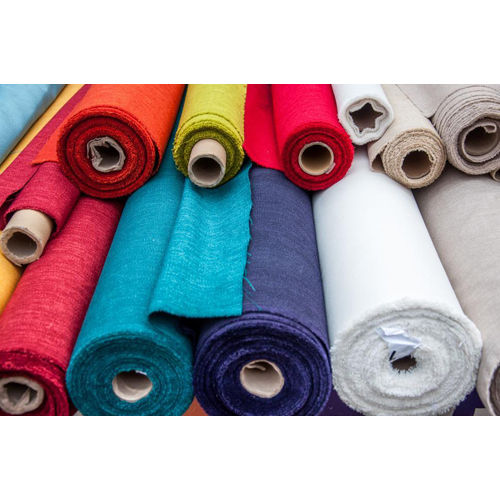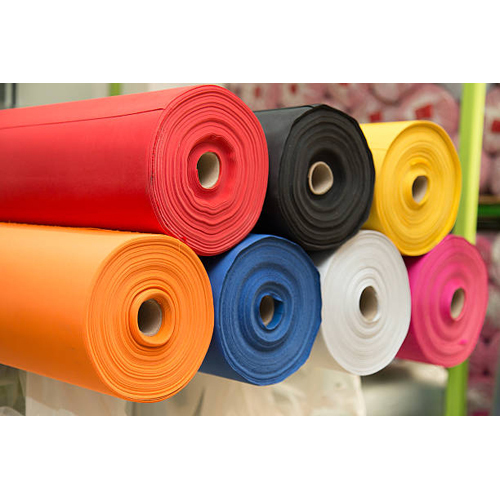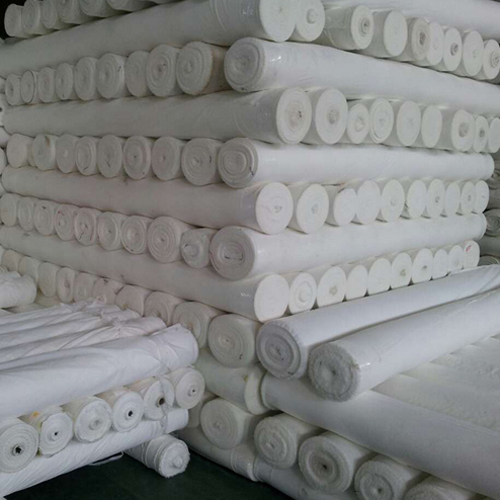
Non Woven Fabrics Rolls
200 INR/Kilograms
Product Details:
- Style Plain
- Technics Woven
- Color Different Available
- Pattern Plain
- Bond Type Laminated
- Texture Plain
- Recommended Season All
- Click to View more
X
Non Woven Fabrics Rolls Price And Quantity
- 1000 Meter
- 200 INR/Kilograms
Non Woven Fabrics Rolls Product Specifications
- Plain
- All
- Plain
- Woven
- Plain
- Laminated
- Different Available
Non Woven Fabrics Rolls Trade Information
- 5000 Meter Per Month
- 10 Days
- All India Assam Mizoram Himachal Pradesh Maharashtra Dadra and Nagar Haveli Andhra Pradesh Lakshadweep Telangana Andaman and Nicobar Islands Chhattisgarh Jammu and Kashmir Sikkim Goa Tripura Rajasthan North India South India Nagaland Madhya Pradesh Karnataka West Bengal Kerala Uttar Pradesh Delhi Uttarakhand Jharkhand Central India Meghalaya Haryana West India East India Pondicherry Chandigarh Manipur Odisha Tamil Nadu Gujarat Arunachal Pradesh Bihar Punjab Daman and Diu
Product Description
Tell us about your requirement

Price:
Quantity
Select Unit
- 50
- 100
- 200
- 250
- 500
- 1000+
Additional detail
Mobile number
Email





